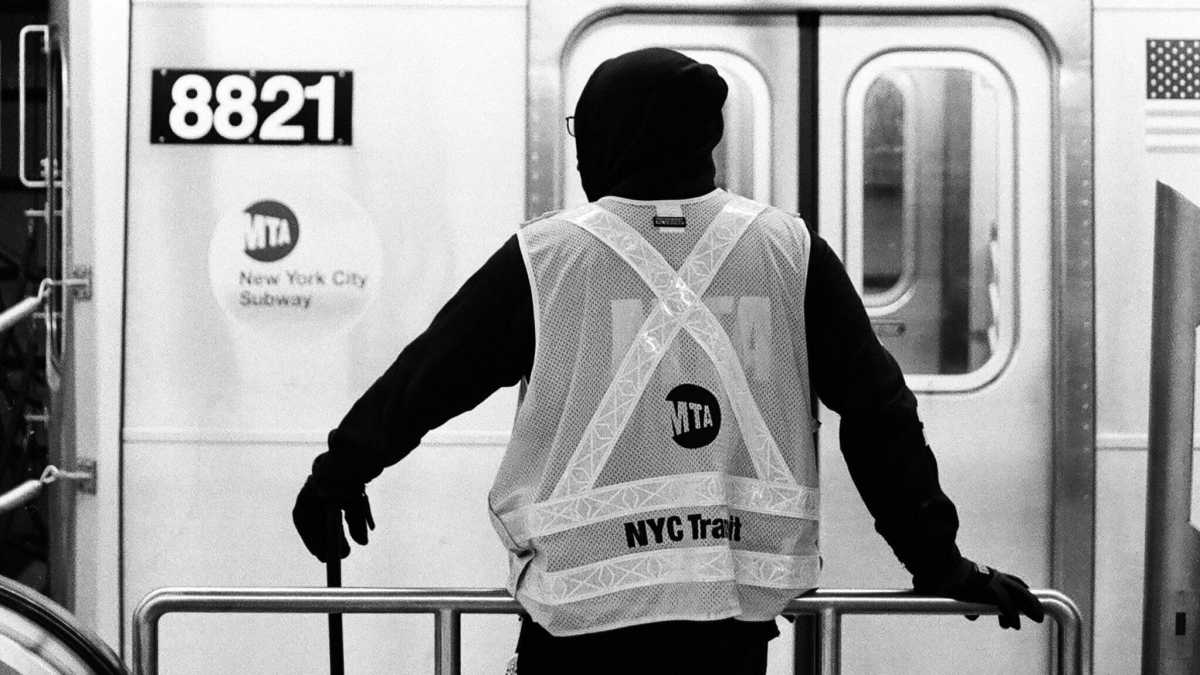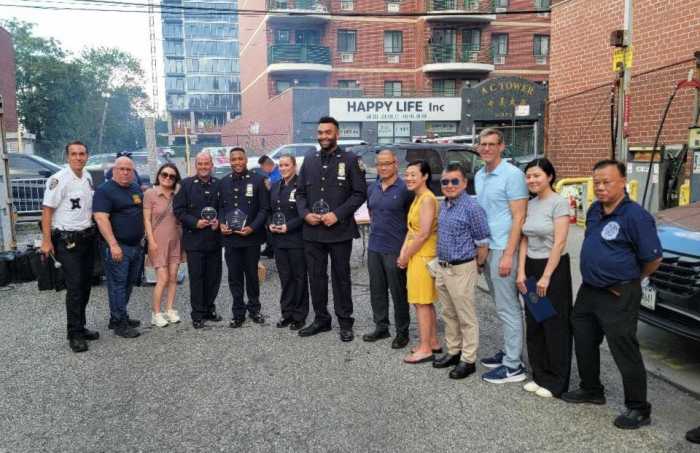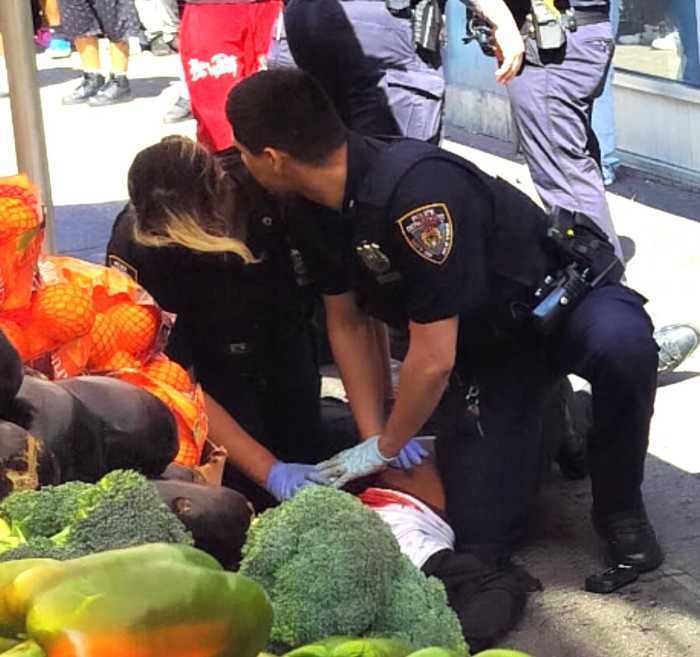State Comptroller Tom DiNapoli issued a report on a declining state-of-good-repair across all subway stations that is not surprising anyone — not even the MTA.
The report derived MTA data from 2017 that showed that of the 15,500 components across all 471 stations in New York City Transit, 29 percent of them were worn or damaged, an increase of two percentage points from 2012 numbers.
Things are particularly bad in Queens, according to DiNapoli’s findings, as 44 percent of all subway stations in the “World’s Borough” were found to have “worn or damaged structural components.”
The Flushing-Main Street Station of the 7 line stood out in the report as the most heavily used stop in the borough, but also sporting a dismal 45 percent of the structural components worn or damaged. Platform edges, ventilators and other structural components had seen the greatest spike in poor repair between 2012 and 2017.
But the MTA claims that while the data is correct, the comptroller’s office may have misrepresented the data. One transit expert who weighed in claimed anyone with familiarity with city’s transit system is already aware of these problems and the government’s priorities may be misplaced in addressing them.
“Years of underfunding for the MTA capital program has translated into a longer list of needed repairs in New York City’s subway stations, fewer stations in good condition, and ever-increasing rider aggravation,” DiNapoli said. “The rising number of potentially hazardous worn or damaged platform edges is particularly troubling. On the plus side, the MTA has been able to reduce the number of the most serious station defects, but a lot more needs to be done to address declining station conditions. It is up to the MTA to prioritize its limited resources to ensure its next capital program improves service and conditions for riders.”
The MTA defended the state of its infrastructure claiming that the data oversimplifies different types of issues, with some components not posing any sort of safety issue.
“As the comptroller notes in his report, NYC Transit has made significant strides at station repairs systemwide thanks to a station maintenance program that focuses on addressing individual components with serious defects,” MTA spokesman Tim Minton said. “This is in lieu of performing major structural work throughout a station – work that often requires closures or bypasses that inconveniences customers. The comptroller’s conclusion about the number of stations in fully repaired condition is flawed in that many more stations contain only minor issues, affecting neither safety nor the customer experience. Those stations are understandably not prioritized for immediate repair.”
Larry Penner, a transit historian who spent 31 years with the U.S. Department of Transportation Federal Transit Administration’s New York office, told QNS that the figures came as no surprise.
“This is nothing anyone in the transit industry did not already know,” Penner said.
With the state focusing on widespread improvements across all systems and lines while facing a $1 billion deficit by 2022, Penner said other improvements such as Phase 2 of the Second Avenue Subway should be placed on hold.
“At the end of the day, it is a question of available funding to keep the 471 subway stations in a state of good repair. You also have the added challenge of making many more stations ADA compliant by adding elevators,” Penner continued. “The challenge facing the MTA as it develops the next 2020 – 2024 Five Year Capital Plan which may be between $30 to $40 billion [is dependent upon] how much funding is raised from Congestion Pricing which does not kick in until January 2021.”
In Woodside, local leaders have watched as the 61st Street-Woodside Station has fallen into a state of ruin. Debris has been seen falling from elevated tracks near stops which documentation is clear have declined, striking cars and nearly causing injury.
The MTA has claimed that it has crews walking the 7 line on the ground and at track level, on foot, twice a week. QNS has filed a Freedom of Information request with the agency in March seeking documentation from these inspections, but has not heard back from the MTA since April regarding the inquiry.




































